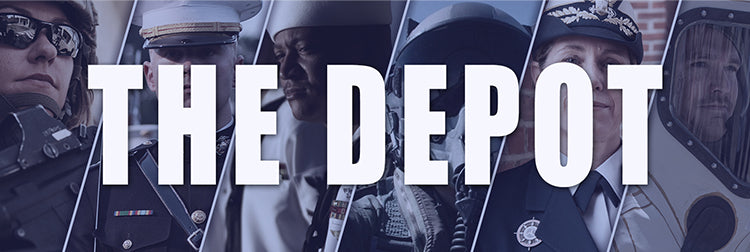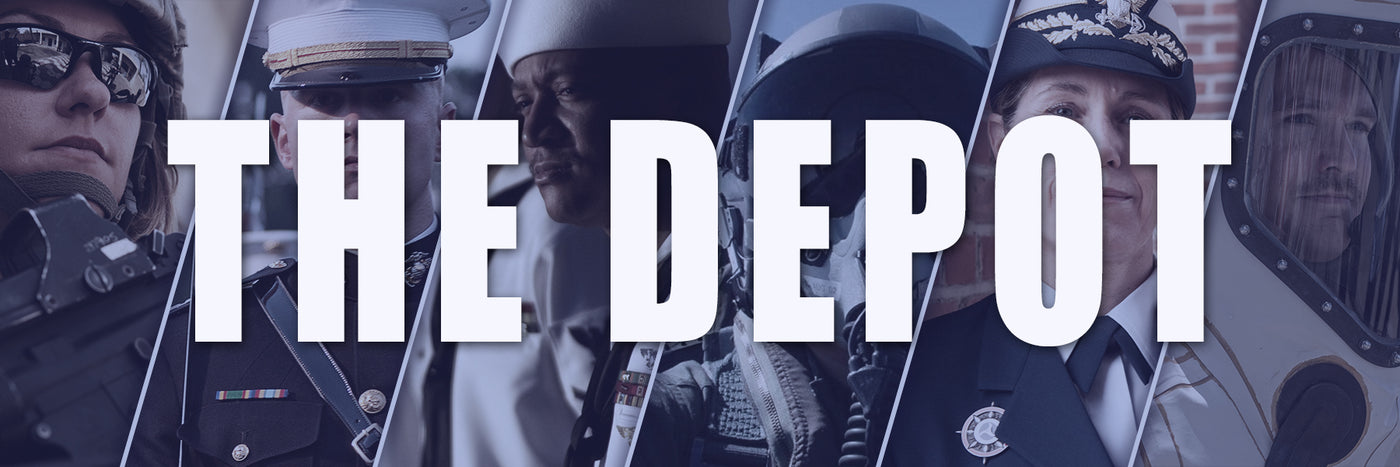
Why Did Pearl Harbor Happen? A Close Look at Japan’s Strategy
The rise of tensions between the United States and Japan pre-date WWII and point to a nation hellbent on territorial expansion, and a nation positioned to help its allies. U.S....
Blog Staff |

